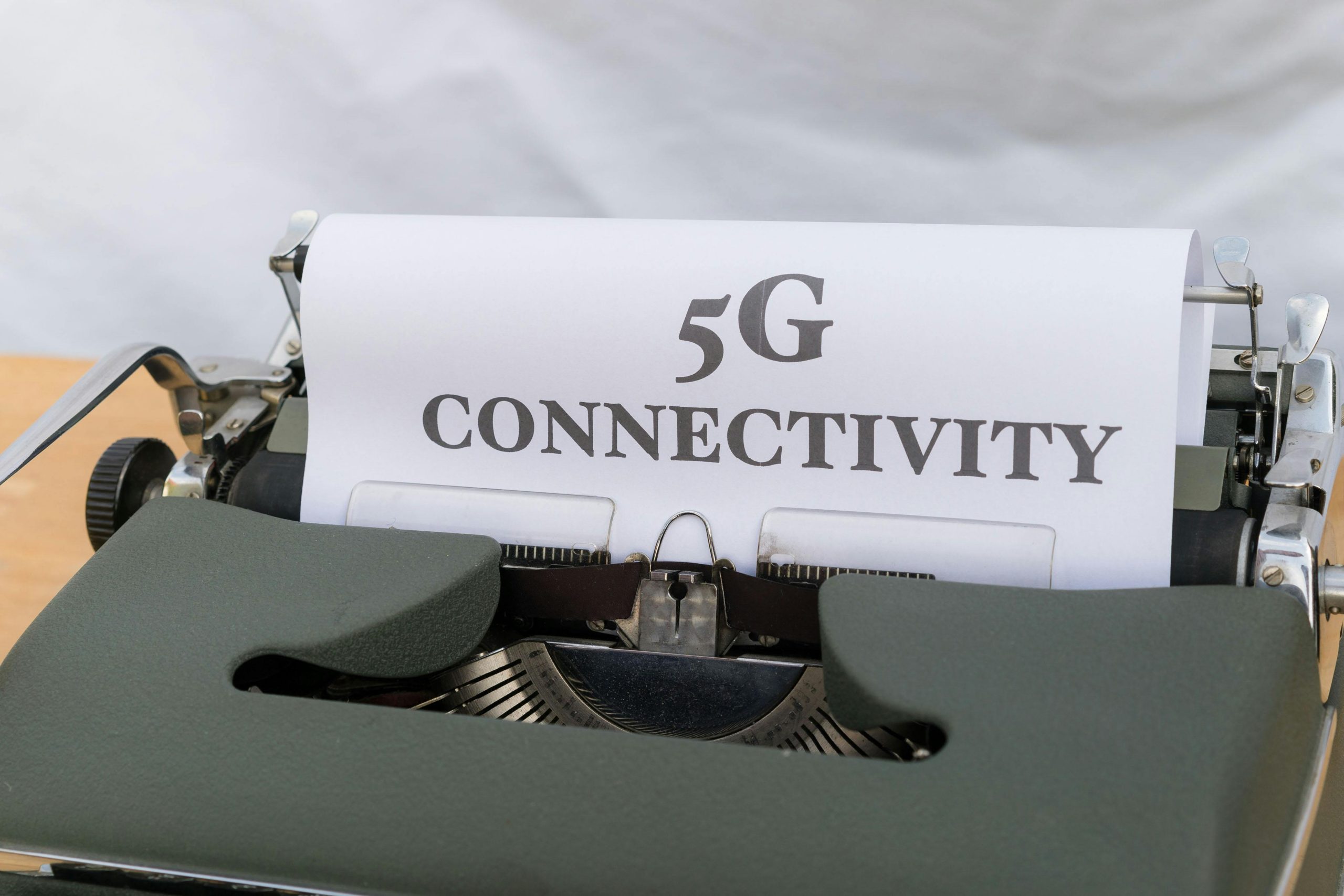The digital world is evolving at an unprecedented pace, and at the heart of this transformation lies 5G technology. As the fifth generation of wireless networks, 5G promises faster speeds, lower latency, and greater reliability than ever before. But its impact goes beyond just improved connectivity—it’s reshaping industries, enabling innovations like the Internet of Things (IoT), autonomous vehicles, and smart cities. This article explores the evolution of 5G, its key advancements, and how it’s revolutionizing the way we live, work, and connect.
The Journey from 1G to 5G: A Brief History
To understand the significance of 5G, it’s essential to look back at the evolution of wireless technology. Each generation has brought transformative changes:
- 1G (1980s): The first generation introduced analog voice calls, marking the birth of mobile communication.
- 2G (1990s): Digital networks emerged, enabling SMS and basic data services.
- 3G (2000s): Mobile internet became a reality, paving the way for smartphones and early app ecosystems.
- 4G (2010s): High-speed internet and streaming services revolutionized connectivity, supporting video calls and cloud computing.
- 5G (2020s): With ultra-low latency and gigabit speeds, 5G is unlocking new possibilities in automation, AI, and real-time data processing.
Unlike its predecessors, 5G isn’t just an incremental upgrade—it’s a paradigm shift that enables seamless connectivity across billions of devices.
Key Advancements in 5G Technology
5G stands out due to several groundbreaking features that set it apart from earlier generations:
Enhanced Speed and Bandwidth
5G offers speeds up to 100 times faster than 4G, with peak download rates reaching 10 Gbps. This allows for instant downloads, buffer-free streaming, and smoother virtual experiences.
Ultra-Low Latency
With latency as low as 1 millisecond, 5G enables real-time interactions critical for applications like remote surgery, autonomous driving, and augmented reality (AR).
Massive Device Connectivity
5G networks can support up to 1 million devices per square kilometer, making it ideal for IoT ecosystems where countless sensors and smart devices need to communicate simultaneously.
Network Slicing
This feature allows operators to create multiple virtual networks within a single 5G infrastructure, tailoring bandwidth and performance for specific use cases like industrial automation or emergency services.
How 5G is Transforming Industries
The impact of 5G extends far beyond faster smartphones. Here’s how it’s revolutionizing key sectors:
Healthcare
5G enables telemedicine and remote patient monitoring with real-time data transmission. Surgeons can perform procedures remotely using robotic tools, while wearable devices provide continuous health tracking.
Transportation
Autonomous vehicles rely on 5G for instant communication with traffic systems and other cars, reducing accidents and improving efficiency. Smart traffic management systems also benefit from real-time data analytics.
Manufacturing
Factories are adopting 5G-powered smart manufacturing, where IoT sensors and AI optimize production lines, predict maintenance needs, and reduce downtime.
Entertainment
From immersive AR/VR experiences to cloud gaming, 5G is redefining entertainment by delivering high-quality content without lag or buffering.
Challenges and Future Prospects of 5G
Despite its potential, 5G faces several hurdles:
- Infrastructure Costs: Deploying 5G requires significant investment in new towers, small cells, and fiber optics.
- Security Concerns: The increased connectivity raises risks of cyberattacks, necessitating robust encryption and network safeguards.
- Regulatory Hurdles: Governments and telecom providers must collaborate to allocate spectrum and ensure equitable access.
Looking ahead, the future of 5G is bright. Innovations like 6G are already in early research stages, promising even faster speeds and deeper integration with AI. As 5G adoption grows, it will continue to drive digital transformation across every aspect of society.
Conclusion
The evolution of 5G represents a monumental leap in connectivity, enabling technologies that were once the stuff of science fiction. From healthcare to transportation, its impact is profound and far-reaching. While challenges remain, the potential of 5G to reshape our digital landscape is undeniable. As we stand on the brink of this new era, one thing is clear: the future of connectivity is here, and it’s faster, smarter, and more interconnected than ever before.
